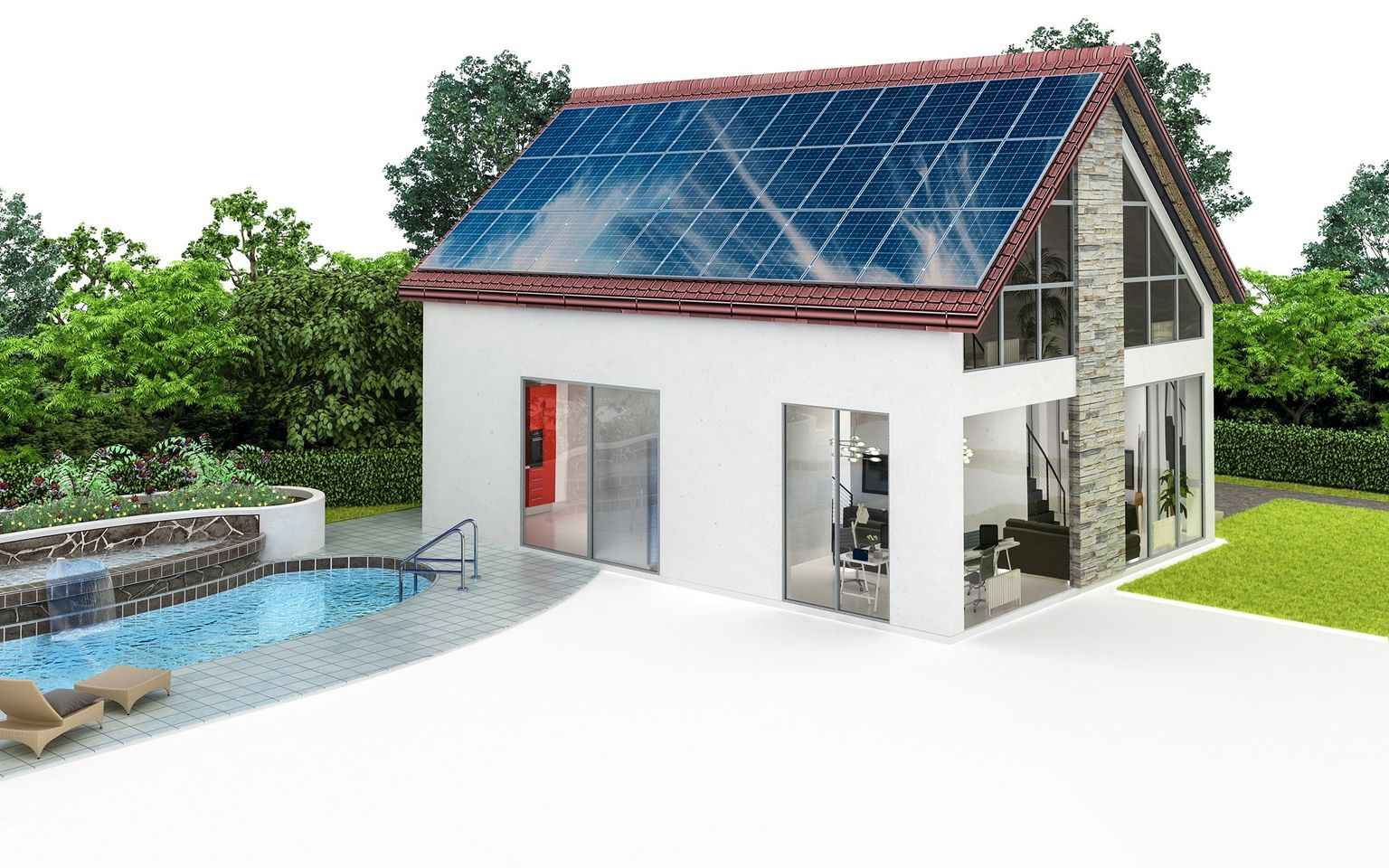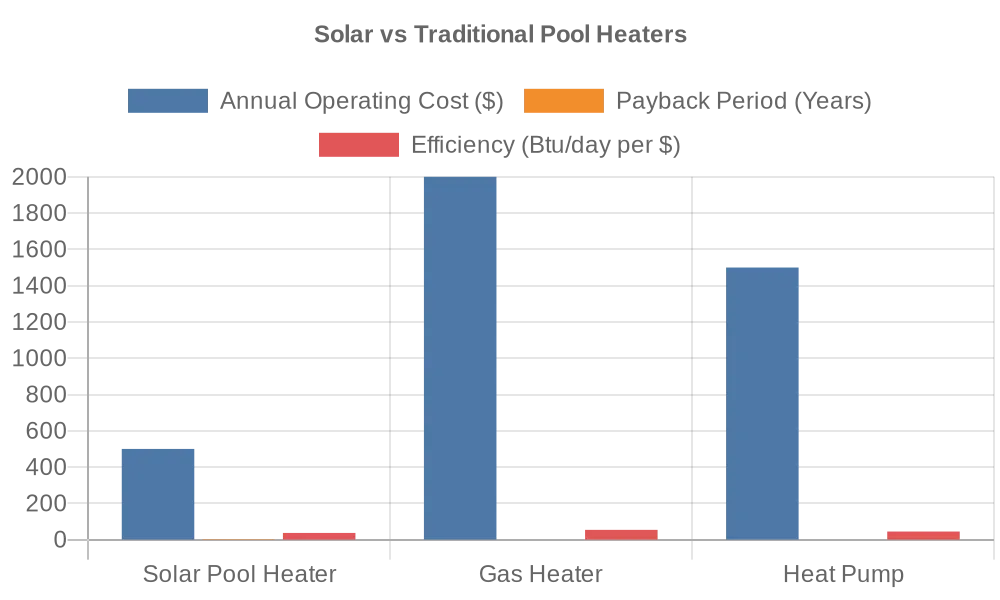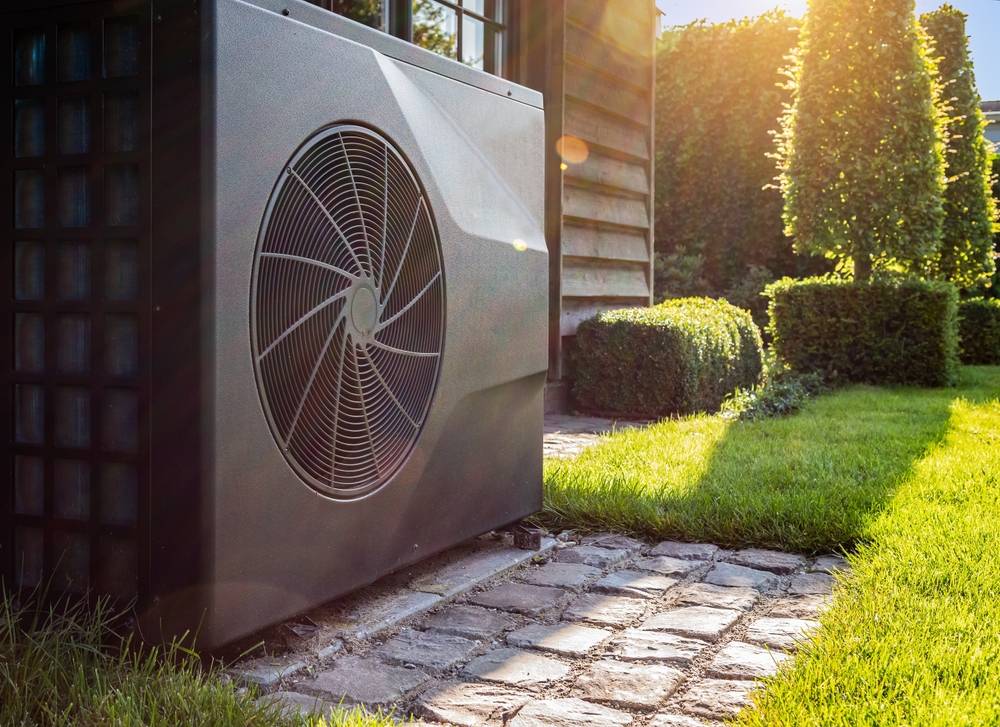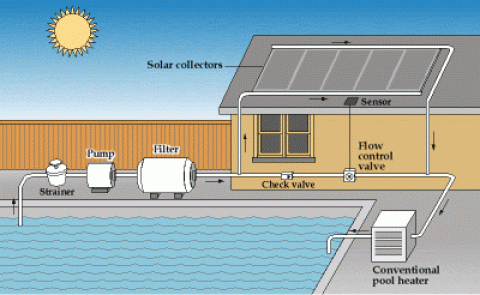
Why Solar Pool Heaters Are the Smart Investment for Pool Owners

Solar energy offers an eco-friendly and cost-efficient solution for heating swimming pools. At PoolForce, we believe that embracing solar technology for your pool is not just a trend but a meaningful shift toward sustainability and energy conservation. Switching to a solar pool heater is more than a trend—it’s a meaningful way to reduce energy consumption while enjoying year-round swimming comfort. Compared to traditional gas or heat pump heaters, solar pool heaters offer low annual operating costs, making them an economical long-term solution. In certain climates, solar pool heating can be the most cost-effective use of renewable energy.

Latest


How Will Artificial Intelligence Help Pool Companies in 2024

What Factors Determine Pool Heater Costs In 2024
Categories
The Fundamentals: How Do Solar Pool Heaters Work?
The Essential Components
- Solar Collector: This is where pool water gets heated by the sun.
- Filter: Cleans the water before it moves through the solar collector.
- Pump: Facilitates water circulation through the filter and solar collector, then back into the pool.
- Flow Control Valve: An automatic or manual device that directs pool water through the solar collector.
The Heating Process
Water from your pool is pumped through the filter to remove debris. It then moves through the solar collector where it is warmed by the sun’s energy before being circulated back into the pool. Advanced systems may include sensors and a control valve to regulate water flow through the collector, based on temperature differentials between the pool and the collector.
Cooling in Hot Climates
In warmer climates, solar collectors can do double duty by cooling your pool. Running the system at night allows water to dissipate heat, thus cooling the pool.

Choosing Between Glazed and Unglazed Collectors
Unglazed Collectors
Made from heavy-duty rubber or plastic with UV light inhibitors, unglazed collectors are usually less expensive due to their simpler design. They’re effective for above-freezing temperatures and even indoor pools if designed to drain back into the pool when not in use.
Glazed Collectors
Constructed with copper tubing on an aluminum plate and iron-tempered glass covering, glazed collectors are ideal for colder climates and year-round use. Although more expensive upfront, they offer superior heat capture due to their heat exchangers and transfer fluids.
Evaluating Your Site for a Solar Pool Heating System
Solar Resource Assessment
Before deciding on a solar pool heating system, it’s crucial to assess the solar resource availability at your location. Even in less sunny regions, as long as you have an unshaded area facing generally south, solar pool heating can be viable.
Professional Analysis
We recommend consulting local solar system suppliers or installers for a thorough solar site analysis, which will help you decide on the appropriate system size and configuration.
Getting the Most Out of Your Solar Pool Heater
Factors Affecting System Sizing
- Pool size
- Average regional temperatures
- Desired pool temperature
- Solar resource availability
- Collector efficiency
- Use of pool covers
The general guideline is that the solar collector area should equal 50%–100% of your pool’s surface area, although this ratio may vary based on location and individual preferences.
Calculating Efficiency
The efficiency of solar pool heaters is often indicated by its thermal performance rating. This can be in terms of Btu per square foot per day or kilowatt-hours per square meter per day. The higher the rating, the more efficient the system.
Are Solar Pool Heaters Worth the Investment?
The upfront cost for a solar pool heating system usually falls between $2,500 and $4,000, including installation. Despite the initial investment, solar pool heaters typically have a payback period of 1 to 7 years, depending on fuel costs and solar availability in your area.
The following formula can be used to calculate a collector’s energy output per dollar spent or invested:
(Btu/day X # of collector panels/piping modules) ÷ total installed cost of system = Btu/$ per dollar spent
Example:
(27,900 X 4) Btu ÷ $3,000 = 37.20 Btu/day per dollar spent
The following formula can be used to determine the energy output for each dollar spent or invested in various collectors if you only know the prices and thermal performance ratings (Btu/day) of the collectors:
Btu/day ÷ collector price = Btu/day per dollar spent
Example:
21,000 Btu ÷ $387 = 54.26 Btu/day per dollar spent
Do not select a solar pool heating system or collector solely on the basis of its estimated cost. When choosing a solar pool heater, take into account all of the factors involved in the system’s sizing as well as the quality of the design and installation.
Conclusion
Solar pool heaters offer a plethora of benefits, from reducing your carbon footprint to enhancing your swimming experience. Careful consideration of the system size, type of collectors, and your site’s solar resources can lead to a sustainable and rewarding pool heating solution. With low annual operating costs and the potential for quick payback, solar pool heaters are a smart investment for any pool owner.
We hope this guide has empowered you with the knowledge you need to make an informed decision about solar pool heating. Thank you for taking the step to become more energy-efficient and environmentally responsible.
Latest

DIY Pool Pump Cover Ideas for 2024

How Will Artificial Intelligence Help Pool Companies in 2024

What Factors Determine Pool Heater Costs In 2024
Categories
YOU'RE NOT IN THIS ALONE
We are with you every splash of the way
Need a pool fix or looking for an upgrade? We’re just one click away to help with all your pool needs.

